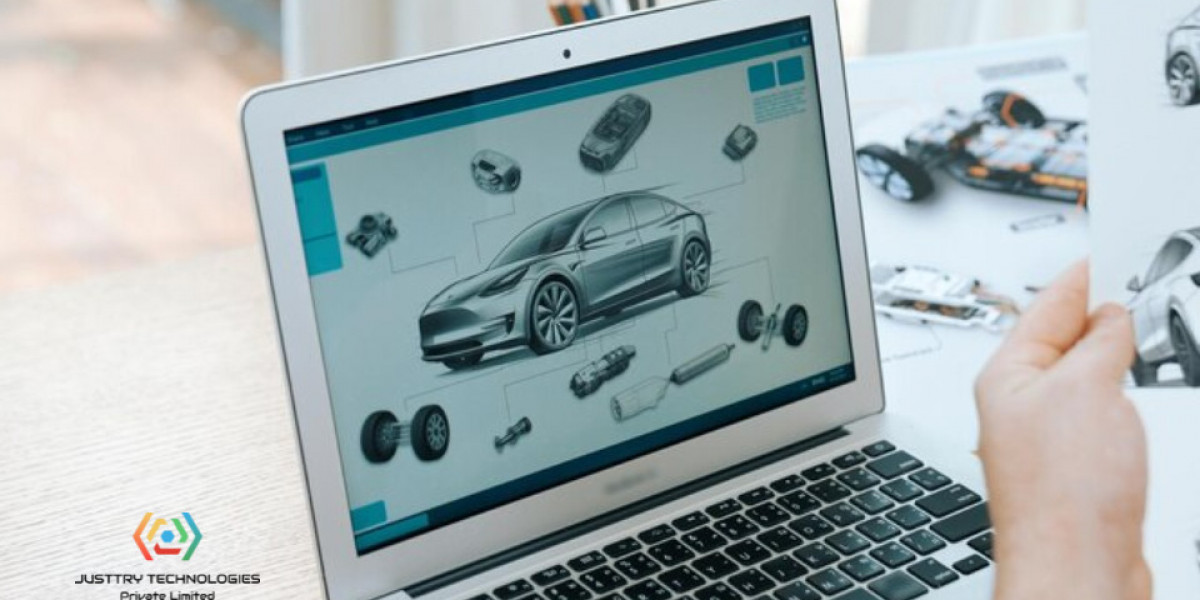As Bitcoin continues to dominate the cryptocurrency market in 2025, more people are turning to Bitcoin mining as a way to earn BTC. But not all miners are created equal. Choosing the right bitcoin miner can mean the difference between consistently earning a block reward and wasting money on electricity and obsolete equipment.
In this guide, we’ll break down everything you need to know to choose the most profitable bitcoin mining setup, whether you're a beginner or scaling your mining operation.
Understanding Bitcoin Mining Working Mechanism
What Is Bitcoin Mining?
Bitcoin mining is the process of validating transactions on the Bitcoin blockchain using the proof-of-work system. Bitcoin miners compete to solve complex mathematical problems, and the first to solve it adds a new block to the public ledger, earning a block reward in the form of BTC.
Key Concepts You Need to Know
Hash: A cryptographic function that miners try to solve.
Nonce: A random value miners adjust to find the correct hash.
Block Reward: The BTC earned for validating a block.
Mining Pool: A group of miners working together to increase the chances of earning rewards.
Bitcoin Network: The decentralized structure that ensures the security of transactions.
Types of Bitcoin Miners and Their Profit Potential
1. ASIC Miners (Application-Specific Integrated Circuits)
ASICs are the gold standard for bitcoin mining. Purpose-built to run one algorithm—SHA-256—they deliver high hash rates with low power consumption. Top models, such as the Antminer S19 Pro, are widely used in industrial mining operations.
2. GPU and CPU Miners
While great for mining altcoins, they lack the power needed for practical Bitcoin mining in 2025. Their hash rate is much lower compared to ASICs, making them unprofitable for BTC mining.
3. Cloud Mining Services
Cloud platforms let users rent hardware remotely. Though convenient, profits are lower due to fees, limited control, and potential for scams. Always choose reputable providers when considering this route.
How to Evaluate a Bitcoin Miner’s Profitability?
Hash Rate and Efficiency
A miner’s hash rate determines how many calculations it can do per second. Higher rates increase the chances of solving a block. ASIC miners typically offer the highest hash rate, making them the most profitable choice.
Electricity Consumption
Power usage directly affects your net profit. Check how many watts a unit uses per terahash (TH/s). Efficiency is key to reducing operational costs.
Initial Cost vs. ROI
Balance upfront costs with expected return. Some ASIC miners cost thousands but break even in under a year. Use profitability calculators to estimate earnings based on network difficulty and electricity rates.
Top Bitcoin Miners in 2025
Antminer S21 Hydro
Hash Rate: 200 TH/s.
Power Efficiency: Extremely high.
Great for large-scale mining rigs.
WhatsMiner M56
Hash Rate: 212 TH/s.
Liquid-cooled design.
One of the best for consistent uptime.
Avalon A1466
Budget-friendly ASIC.
Ideal for small mining setups.
Medium power consumption.
Each of these Bitcoin miners connects easily to a mining pool and offers solid returns for miners who manage costs well.
Using Mining Pools to Maximize Profits
Joining a mining pool allows you to combine computing power with others and earn smaller, more frequent block rewards. It's the go-to strategy for most solo miners who lack massive computing power.
Look for pools with:
Low fees.
High uptime.
Transparent reward systems.
Global reach across the Bitcoin network.
Common Mistakes to Avoid When Choosing a Bitcoin Miner
1. Ignoring Power Costs
Even the best miner becomes a liability if your electricity costs are too high. Always factor in local rates before purchasing.
2. Falling for Outdated or Fake Hardware
Verify the specifications and source before making a purchase. Scams are common in the used miner market.
3. Overlooking Cooling and Maintenance
High-end miners generate heat. Poor cooling reduces efficiency and lifespan. Plan your setup to ensure proper ventilation and utilize monitoring tools.
Security Considerations for Your Mined BTC
Use Hardware Wallets
Once you earn BTC, store it in a hardware wallet rather than keeping it in exchange wallets. This protects your earnings from hacks and 51% attacks.
Enable Multi-Layered Security
Even when managing your mining rigs or using cloud platforms, ensure your devices are secure with firewalls, strong passwords, and two-factor authentication.
Conclusion
In 2025, bitcoin mining is still profitable—if you choose the proper hardware, understand your hash rate needs, and manage costs effectively. Whether you're going all-in with an Antminer, joining a trusted mining pool, or starting small, your decisions today determine your mining success tomorrow.
Mining BTC isn't just about plugging in a machine—it's about understanding the Bitcoin blockchain, optimizing for incentive structures, and adapting to the network's evolving needs.
FAQs
What’s the most profitable bitcoin miner in 2025?
ASIC models, such as the Antminer S21 Hydro and WhatsMiner M56, currently lead in profitability due to their high hash rates and energy efficiency.
Can you still mine Bitcoin profitably at home?
Yes, but only with efficient ASIC miners, low electricity rates, and access to a reliable mining pool.
What is proof-of-work, and why does it matter?
Proof of work is the consensus algorithm used in the Bitcoin network. It requires miners to solve cryptographic puzzles, maintaining the integrity of the public ledger.
Is cloud mining safe and profitable?
Cloud mining is a convenient option, but it also comes with risks. Always use trusted providers and understand the fees and payout structures.








